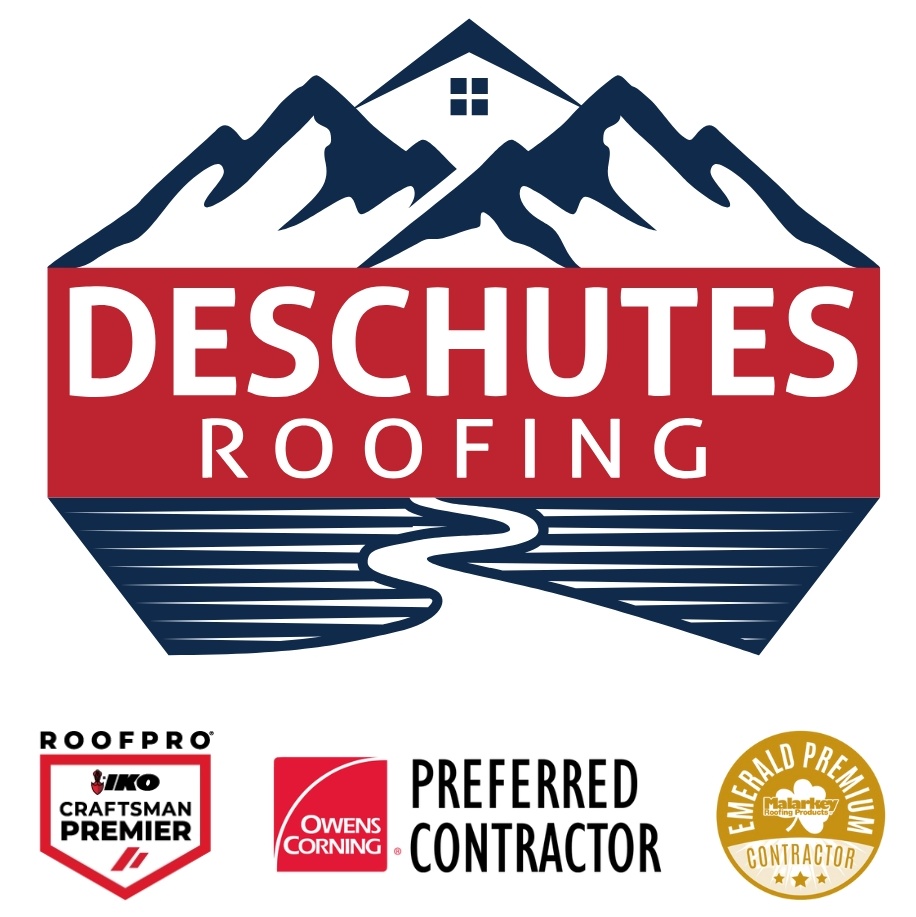Your roof protects your home from the elements, supports your insulation system, and plays a huge role in curb appeal and resale value. So when damage occurs—whether from aging, weather, or wear and tear—homeowners face a pivotal decision: Should you repair your roof or replace it altogether?
This isn’t always an easy question to answer. Both roof repair and roof replacement come with unique costs, benefits, and long-term implications. The right decision often depends on a combination of factors including the age of your roof, the extent of damage, your future plans, and your budget.

This article breaks down everything homeowners need to know about roof repair vs. replacement—from upfront costs and hidden fees to long-term value and peace of mind.
Understanding Roof Repair
What Roof Repair Entails
Roof repair is a targeted solution that addresses specific issues without overhauling the entire roofing system. It’s an excellent option for younger roofs that have suffered limited damage due to weather or other localized events.
Typical roof repairs include:
-
Replacing missing or damaged shingles: Often caused by wind, hail, or aging.
-
Fixing leaks: Identifying and sealing points of water intrusion, commonly around vents, chimneys, or damaged flashing.
-
Patching holes: Repairing damage from falling debris or animal activity.
-
Correcting improper installations: Fixing flashing, vents, or underlayment that was improperly installed the first time.
-
Resealing flat roofs: Particularly with rubber or membrane roofing, resealing can extend the lifespan significantly.
These repairs are usually completed in a few hours to a few days and help prevent further damage without the cost of a full replacement.
Average Cost of Roof Repairs
The cost of roof repairs can range widely depending on the extent of the damage, roofing materials, accessibility, and regional labor rates.
Here’s a more detailed cost breakdown:
| Type of Repair | Typical Cost | Description |
|---|---|---|
| Shingle replacement | $150 – $400 | Small sections of shingles removed and replaced. |
| Flashing repair | $200 – $500 | Replacing or sealing flashing around vents or chimneys. |
| Minor leak repair | $300 – $700 | Finding and sealing the source of a leak. |
| Moderate leak repair | $700 – $1,500 | Requires lifting shingles, replacing underlayment. |
| Roof sagging repair | $1,000 – $2,500+ | May involve structural work under decking. |
| Skylight leak repair | $500 – $1,200 | Involves sealing or replacing flashing around skylights. |
Other repair-related expenses can include:
-
Emergency response fees if you need a roofer on short notice
-
Inspection or diagnostic fees, if your roofer charges separately
-
Travel fees, if you live in a rural or remote location
While roof repairs are typically less expensive than replacement, multiple repairs over time can add up, especially if the underlying problem isn’t properly addressed.
Understanding Roof Replacement
What Roof Replacement Entails
Roof replacement is a comprehensive solution that removes the existing roof down to the decking and installs a brand-new roofing system. It’s typically done when a roof has reached the end of its lifespan or when damage is too extensive for patchwork repairs.
The replacement process generally includes:
-
Tear-off: Removing old shingles, underlayment, flashing, and vents.
-
Decking inspection and repair: Ensuring the wooden base is sound and free from rot or mold.
-
Underlayment installation: Laying a waterproof or water-resistant barrier.
-
New roofing material installation: Asphalt shingles, metal, tile, or other materials.
-
New flashing, ridge caps, vents, and drip edges: For complete system integrity and code compliance.
Average Cost of Roof Replacement
The cost of replacing your roof depends heavily on:
-
The size and slope of your roof
-
The material you choose
-
The region and local labor rates
-
Any structural or code-related upgrades needed
| Roofing Material | Cost per Square Foot | Typical Total for 2,000 sq ft Roof |
|---|---|---|
| Asphalt shingles | $3.50 – $5.50 | $7,000 – $11,000 |
| Metal roofing | $7.00 – $14.00 | $14,000 – $28,000 |
| Tile roofing | $10.00 – $18.00 | $20,000 – $36,000 |
| Slate roofing | $15.00 – $30.00 | $30,000 – $60,000 |
| Wood shakes | $6.00 – $9.00 | $12,000 – $18,000 |
| Flat/membrane | $4.00 – $8.00 | $8,000 – $16,000 |
Other factors that influence costs:
-
Tear-off vs. overlay: Overlay is cheaper but often not recommended due to added weight and poor ventilation.
-
Decking repairs: Rot or water damage to decking can add $1,000–$3,000+.
-
Permit and inspection fees: Typically $100–$500 depending on local regulations.
-
Architectural complexity: Chimneys, skylights, valleys, and dormers can all increase labor costs.
Key Factors to Consider
Before deciding between repair and replacement, weigh these critical factors:
1. Age of the Roof
A roof’s lifespan varies by material:
-
Asphalt shingles: 15–30 years
-
Metal roofs: 30–50 years
-
Tile roofs: 50+ years
-
Wood shingles: 20–40 years
-
Slate roofs: 50–100 years
If your roof is nearing or past its expected lifespan, it’s wise to consider full replacement—even if the damage seems minor.
2. Extent and Location of Damage
-
Localized damage (e.g., a few missing shingles): Repair is usually sufficient.
-
Multiple leaks or widespread issues: May signal deeper problems that justify replacement.
-
Structural concerns (like sagging or rotted decking): Almost always calls for replacement.
Water damage is especially tricky—it can travel far from the source, affect insulation, drywall, and framing, and create long-term mold issues.
3. Cost of Ongoing Repairs
Frequent repairs can be deceptive. Spending $1,000–$2,000 per year on fixes may exceed the cost of a full replacement within a few years. Also, each repair only solves one problem—it doesn’t prevent new ones from forming.
4. Energy Efficiency
Old or failing roofs may allow conditioned air to escape and permit heat, cold, or moisture to enter. A new roof often includes better insulation, radiant barriers, and proper ventilation, reducing utility bills and increasing comfort.
5. Future Plans
-
Planning to sell soon? A new roof can dramatically boost your home’s curb appeal and resale value.
-
Staying long-term? A replacement offers long-term protection and peace of mind.
Cost Comparison Over Time
Let’s look at a deeper cost comparison scenario:
Scenario A: Ongoing Repairs
-
Average repair cost: $1,200/year
-
10 years: $12,000
-
No warranty coverage
-
Recurring issues, stress, and possible interior damage
Scenario B: Full Replacement
-
One-time cost: $11,000
-
Roof lasts 25–30 years
-
Manufacturer and labor warranties
-
Increased resale value and energy efficiency
Bottom line: While repairs may seem cheaper in the short term, replacement can be more cost-effective in the long run—especially if your roof is older or problems keep returning.
Hidden Costs to Watch For
Roof projects often uncover additional issues. Be prepared for:
1. Structural Repairs
If roof decking is soft, warped, or rotting, it must be replaced. This can cost $1.50–$3.00 per square foot of decking.
2. Mold Remediation
If leaks have gone unnoticed, you may need to address mold growth, which can cost $500–$6,000 or more depending on severity.
3. Ventilation Upgrades
Many old homes have poor attic ventilation, which shortens roof life. Adding ridge vents or attic fans may cost $300–$1,200.
4. Gutters and Fascia Replacement
Damaged or aged gutters and fascia boards are often replaced during roofing projects—adding another $1,000–$2,500.
When Roof Repair Makes Sense
You should consider repair over replacement if:
-
Your roof is under 10–15 years old.
-
The damage is minor or localized.
-
You’re on a limited budget.
-
You need a temporary fix before selling.
-
Your roof is still covered by warranty.
In these cases, a well-done repair can restore protection and postpone the need for a full roof replacement.
When Roof Replacement Is the Best Option
Roof replacement is the better choice when:
-
Your roof is 20+ years old.
-
You see granule loss, curling shingles, or frequent leaks.
-
There are structural or decking issues.
-
Repairs are becoming frequent and costly.
-
You want to boost home value or energy efficiency.
-
You’re dealing with storm or hail damage covered by insurance.
Warranties: Repair vs. Replacement
Roof repairs may include short-term warranties (1–2 years) but often carry limited or no coverage, especially if performed by an unlicensed handyman.
Roof replacements, on the other hand, offer:
-
25 to 50 years on materials (depending on brand/type)
-
5 to 10 years workmanship warranties (by licensed contractors)
-
Transferable warranties, which can be a selling point for future buyers
The DIY Temptation (and Risks)
DIY roof repair videos may look simple, but roofing is dangerous and technical work. Mistakes can void warranties, worsen damage, and pose serious fall risks.
Hiring a licensed roofing contractor ensures:
-
Safe, proper installation
-
Warranty protection
-
Code compliance
-
Thorough inspections to identify hidden issues
Financing and Insurance Options
If the upfront cost of a new roof seems overwhelming, explore these options:
-
Home equity loans or lines of credit
-
Financing through roofing contractors
-
Federal energy-efficiency incentives
-
Homeowner’s insurance, if the damage was caused by a covered peril (hail, fire, storm, etc.)
Conclusion
Your roof is more than just shingles and nails—it’s your home’s first line of defense, a key part of its structural integrity, and one of the most visible aspects of its overall value. Whether you opt for a repair or a full replacement, the choice you make today will impact your home’s safety, energy efficiency, and resale value for years to come.
If your roof is relatively young and the damage is minor, targeted repairs can buy you time without breaking the bank. But if your roof is showing signs of age, leaking in multiple places, or requiring frequent fixes, a full replacement may be the smarter long-term investment—saving you money, stress, and sleepless nights down the road.
Ultimately, it’s not just about cost—it’s about peace of mind.
By working with a trusted roofing professional, you can accurately assess your roof’s condition, explore your options, and choose the solution that protects both your home and your wallet.
Don’t wait until a small leak becomes a costly disaster. Schedule a professional inspection today and make the informed decision your home—and your future—deserve.










